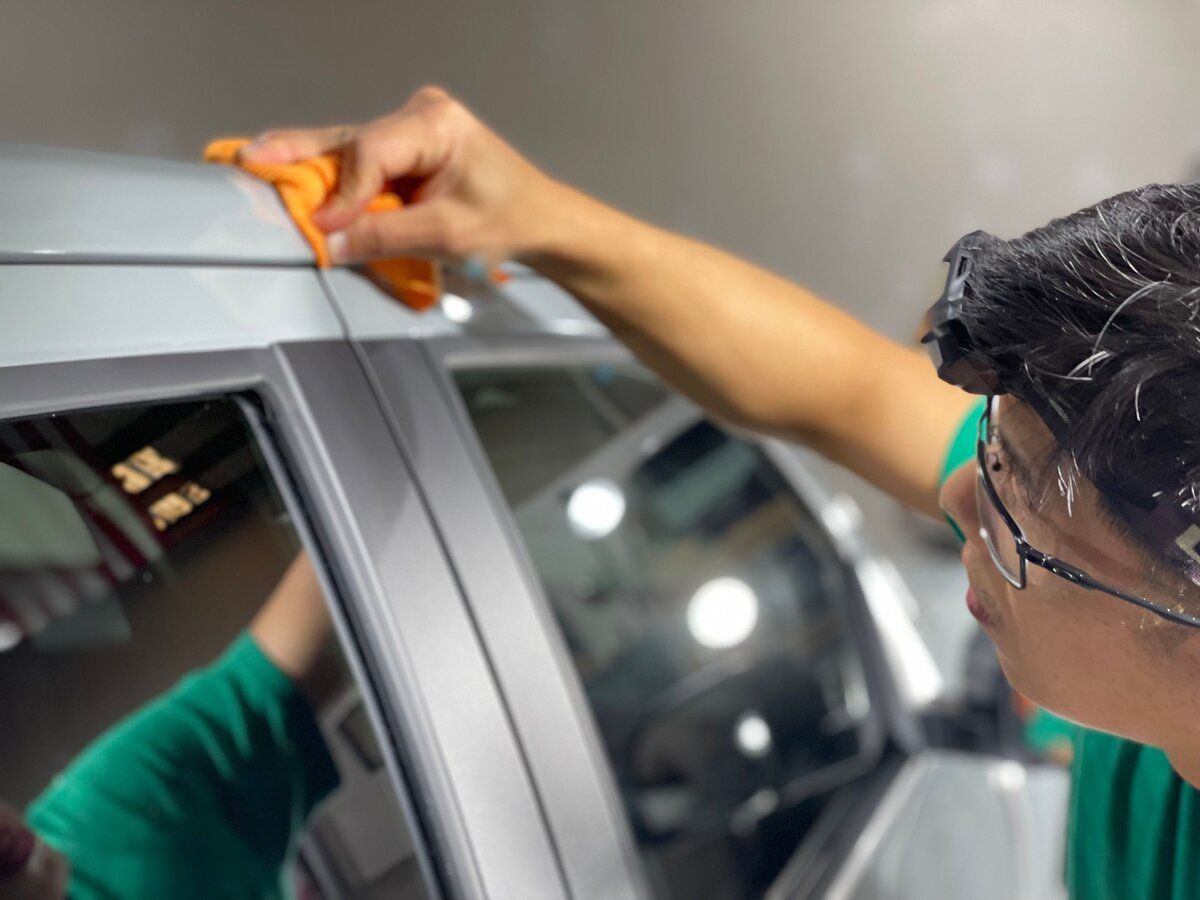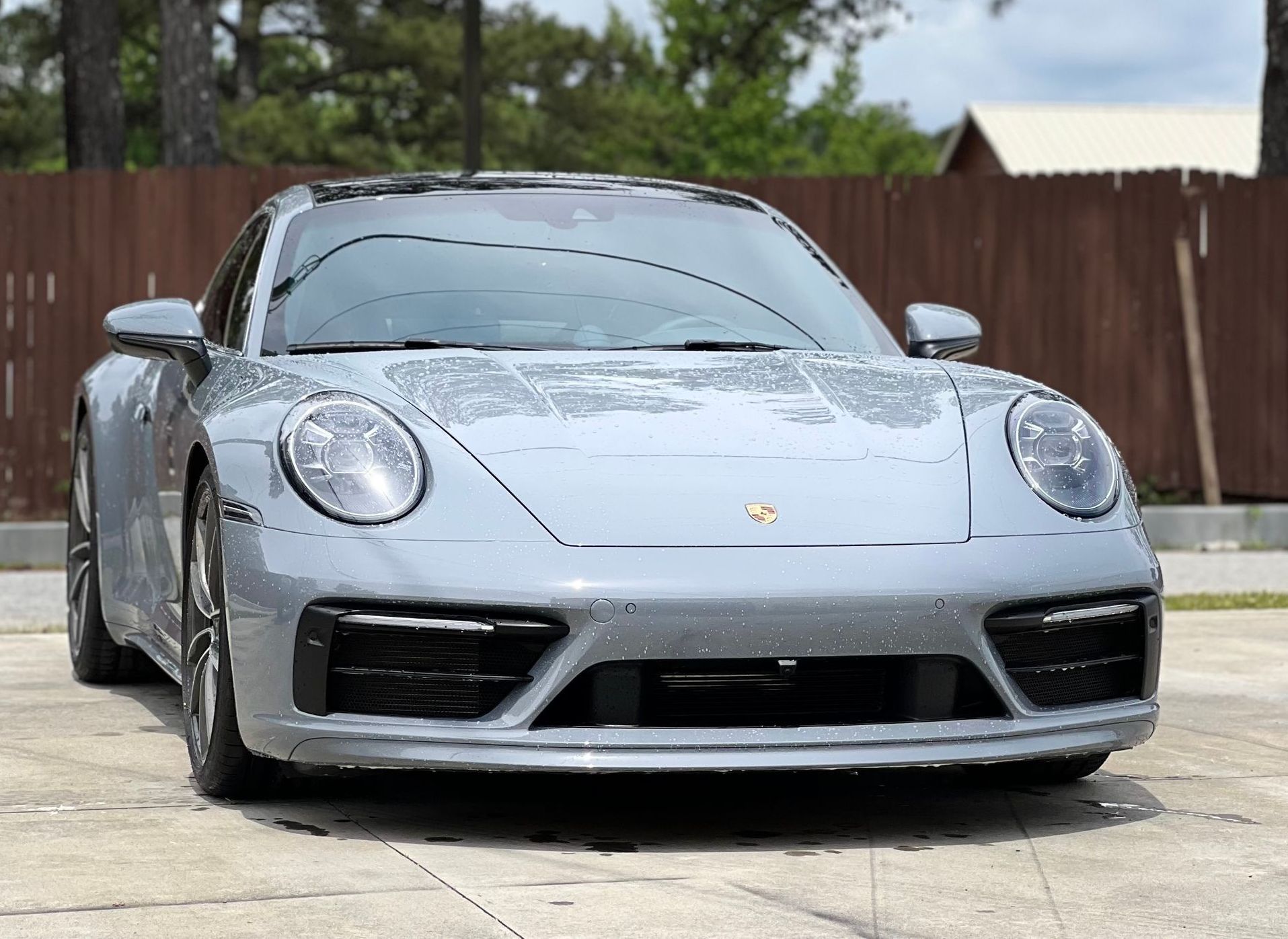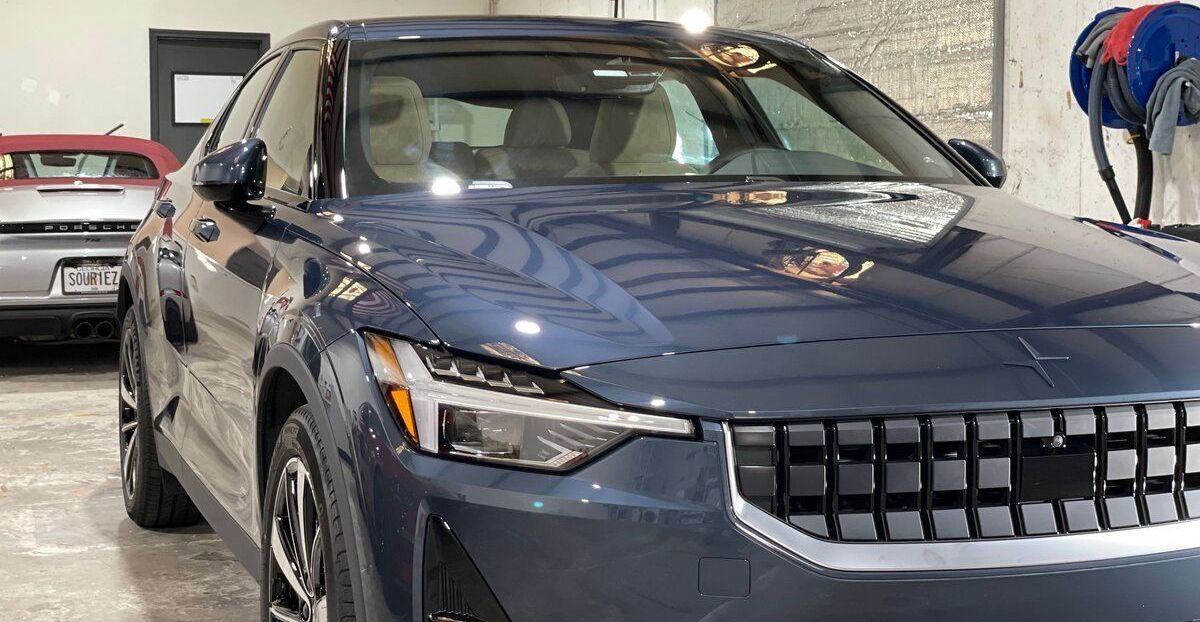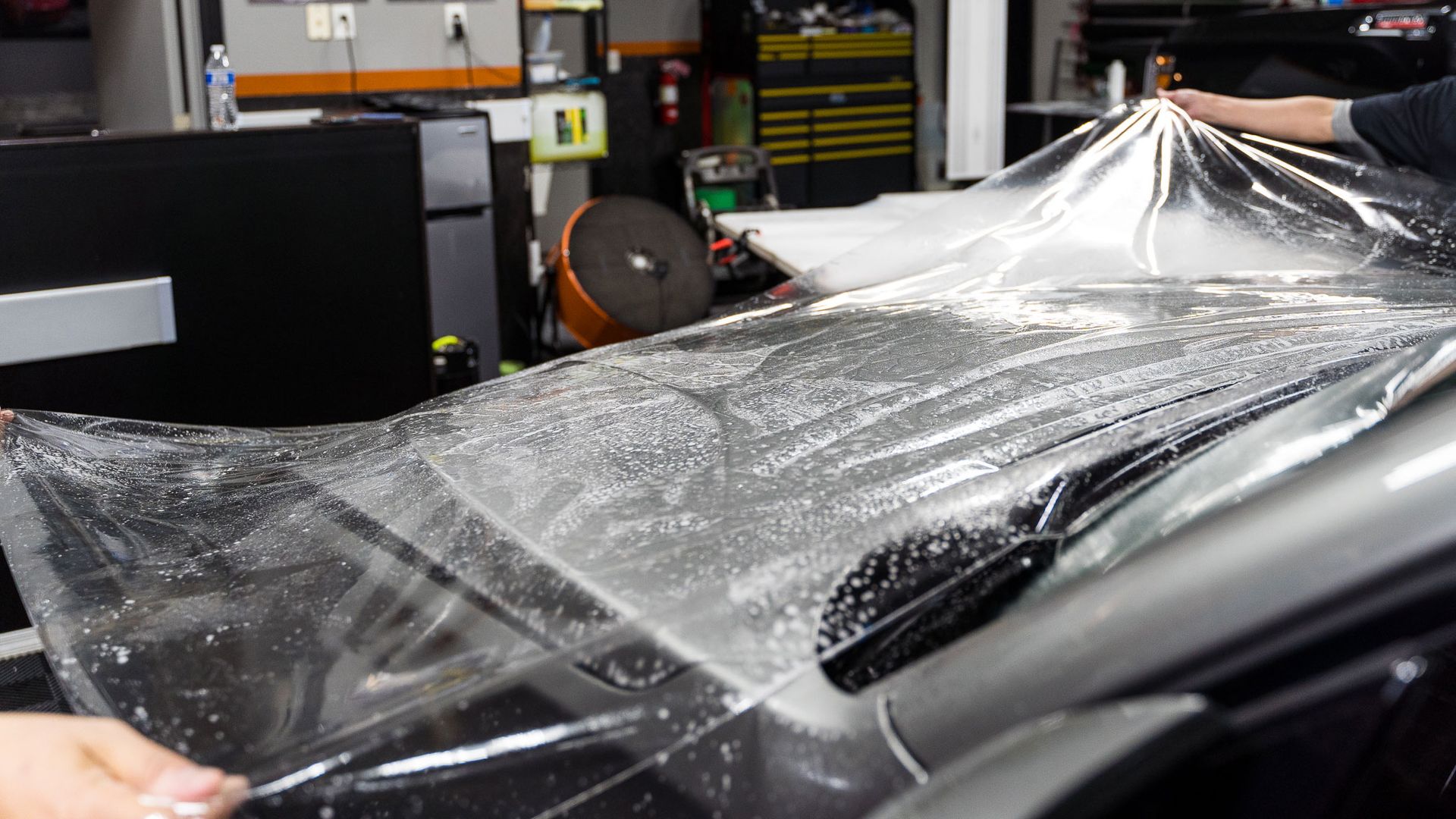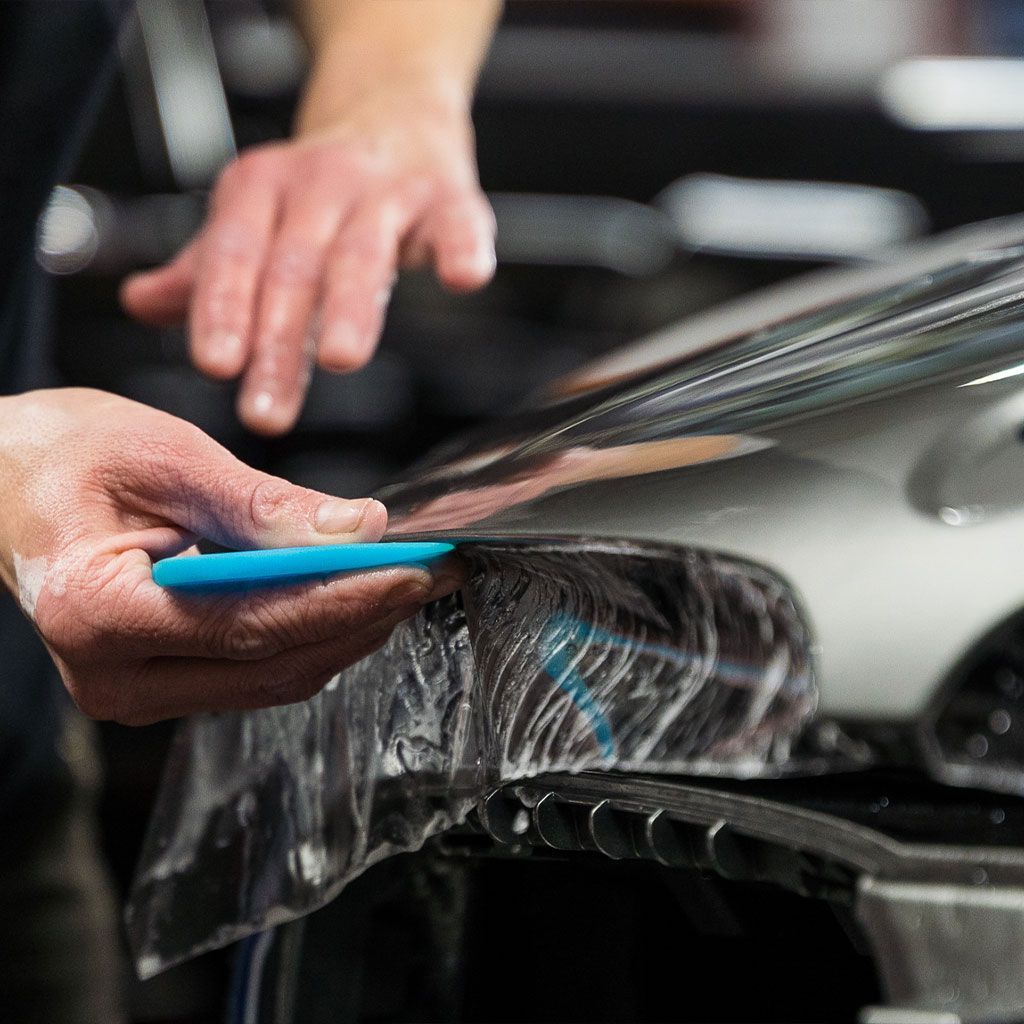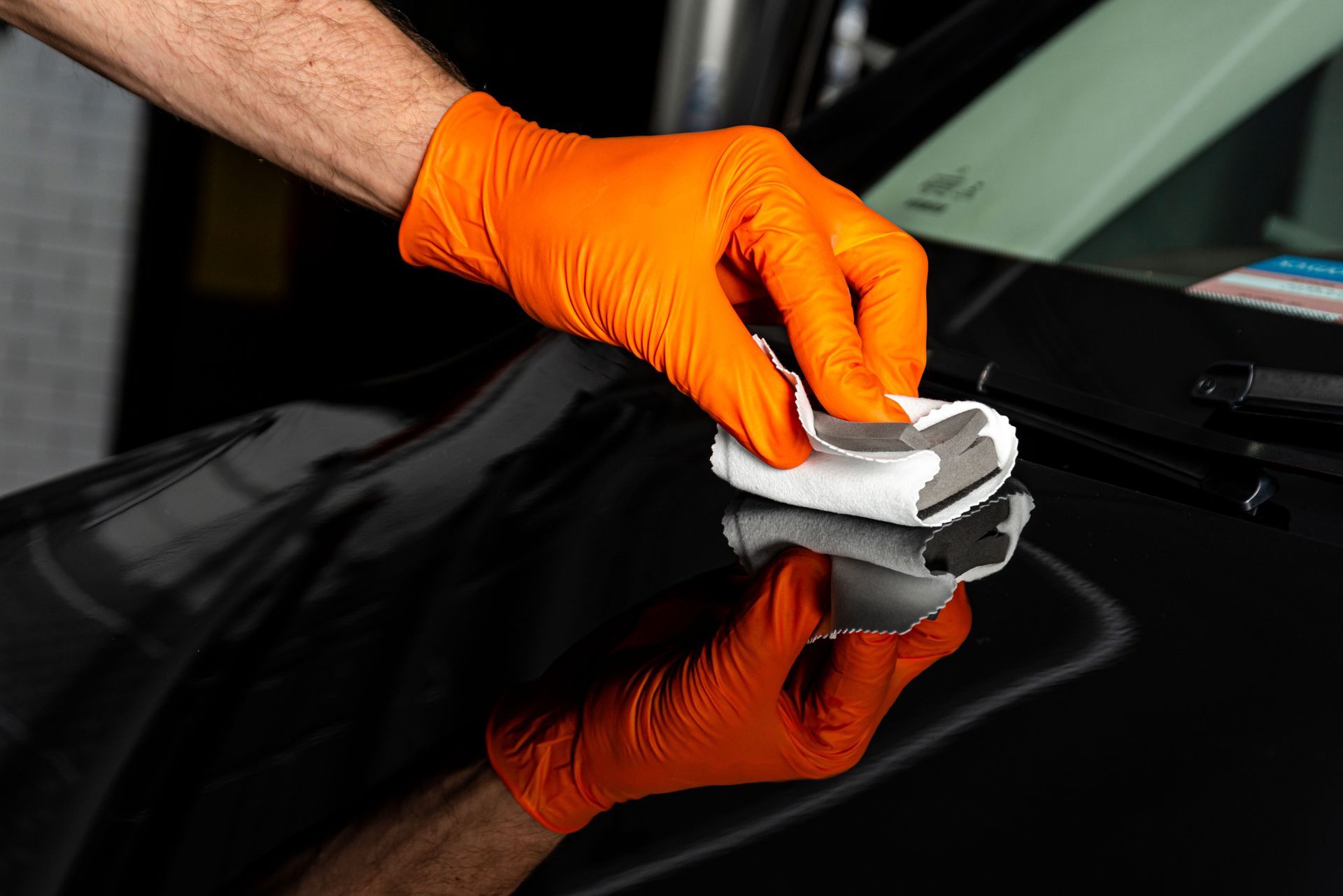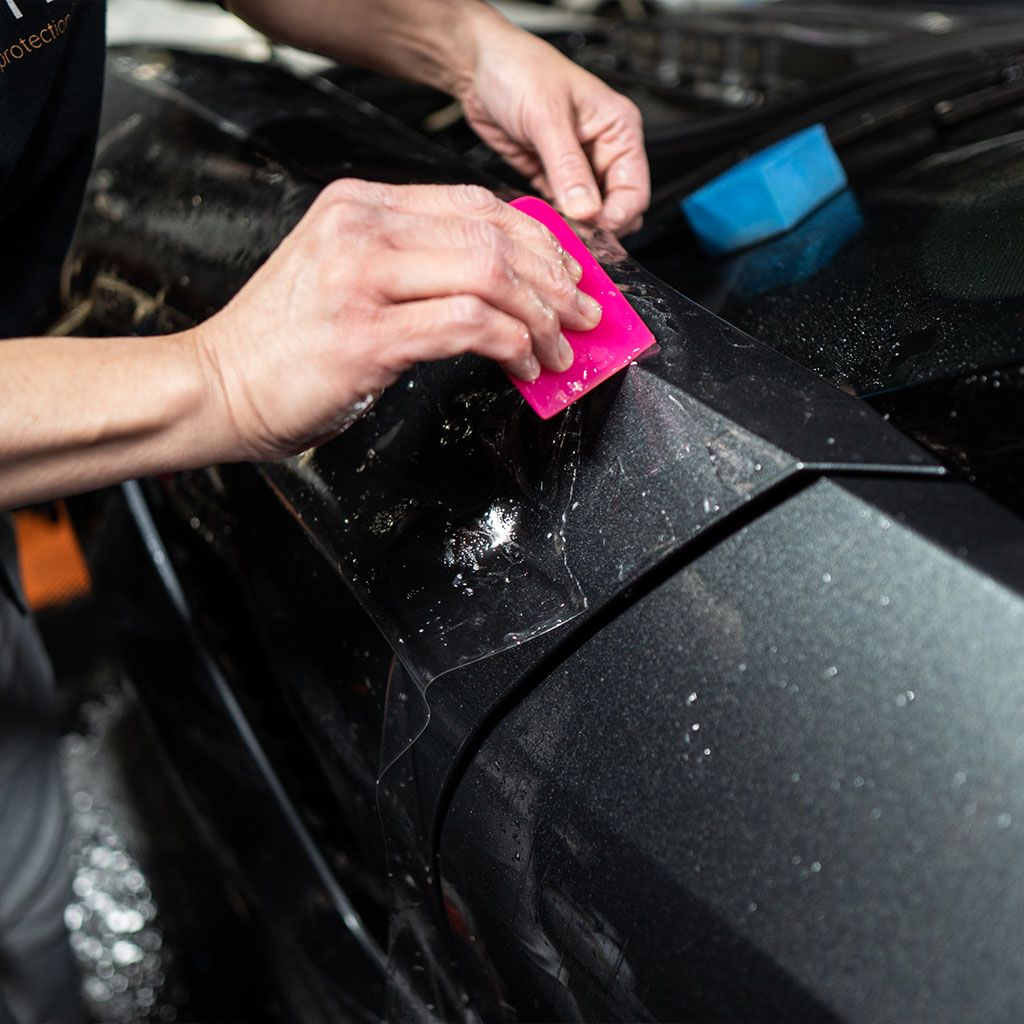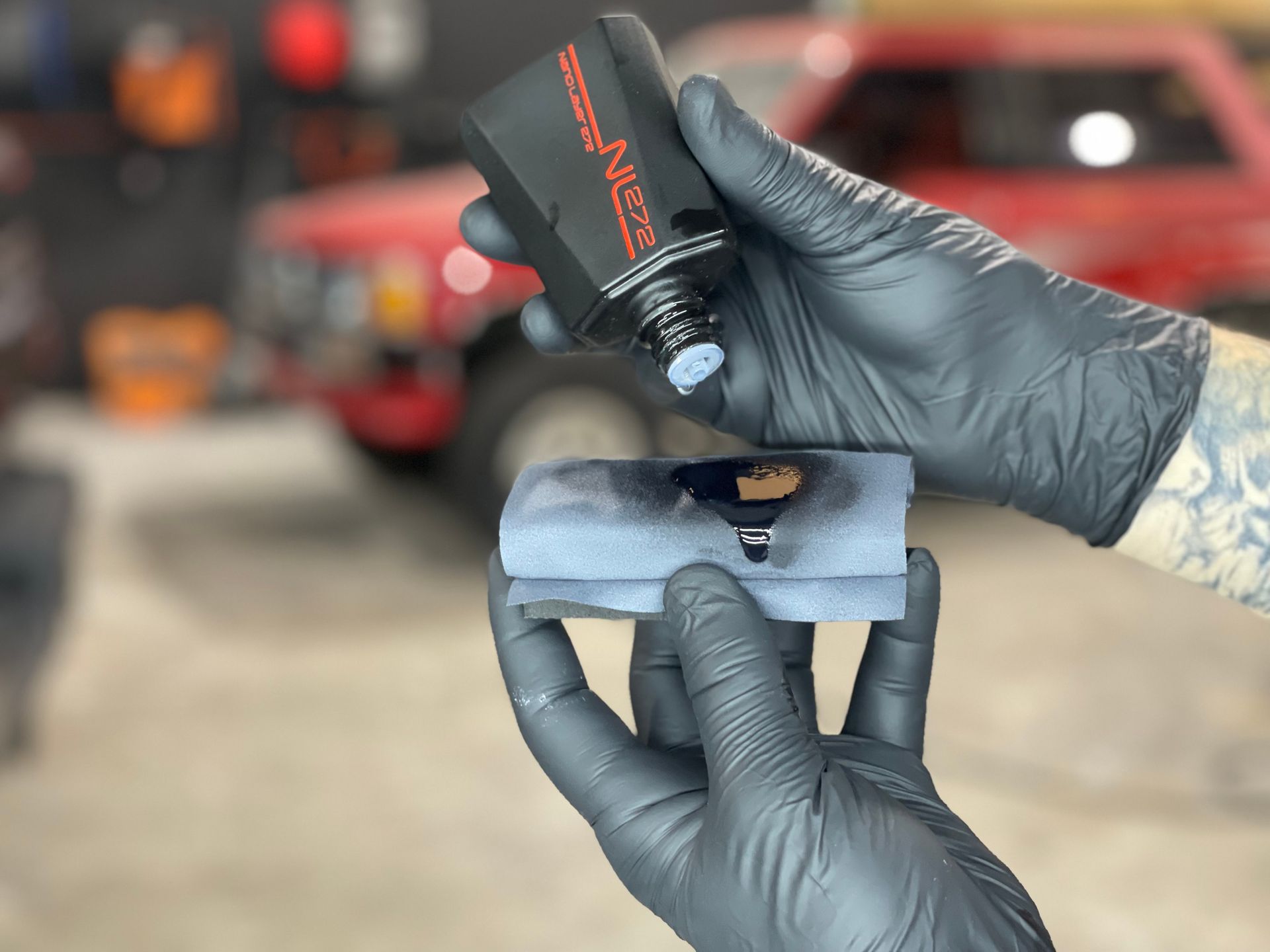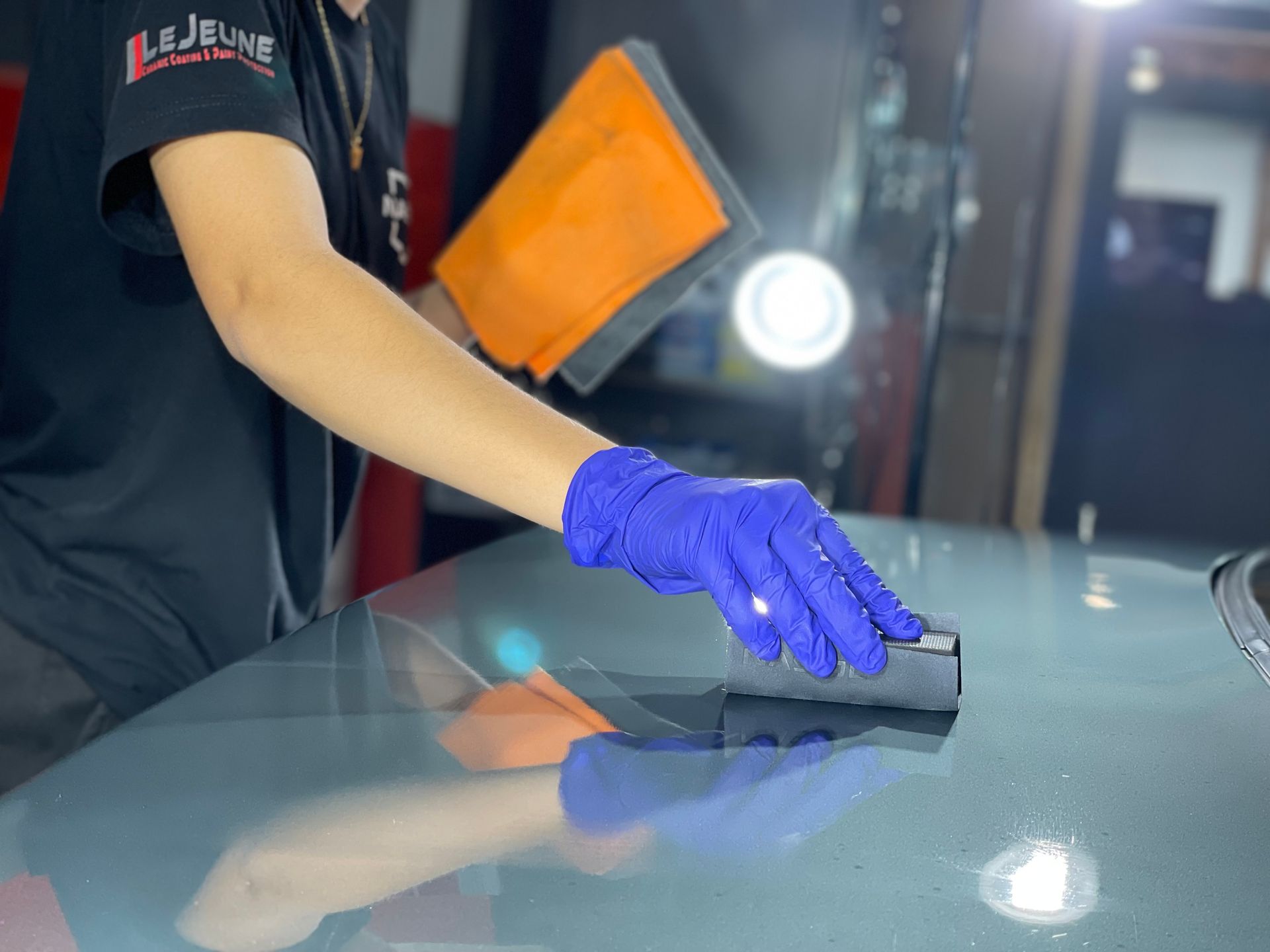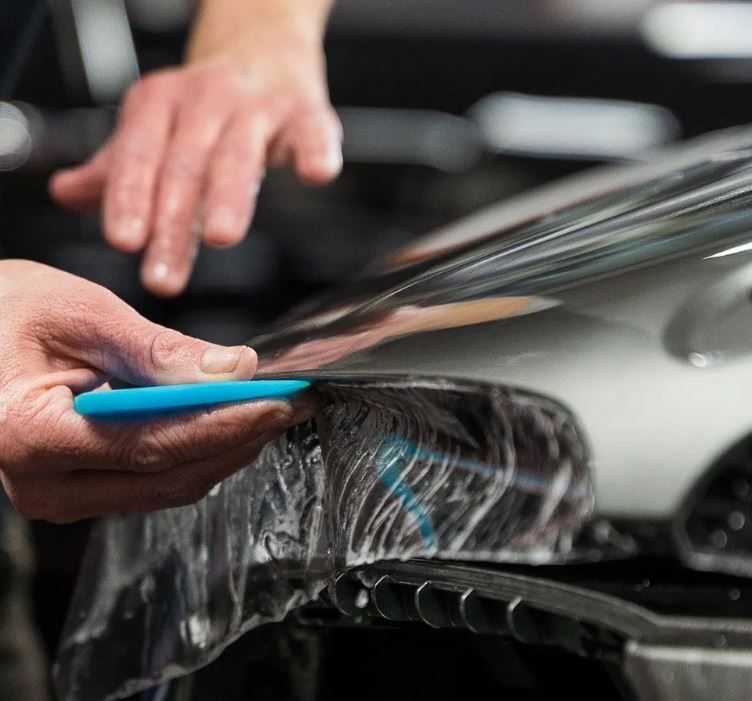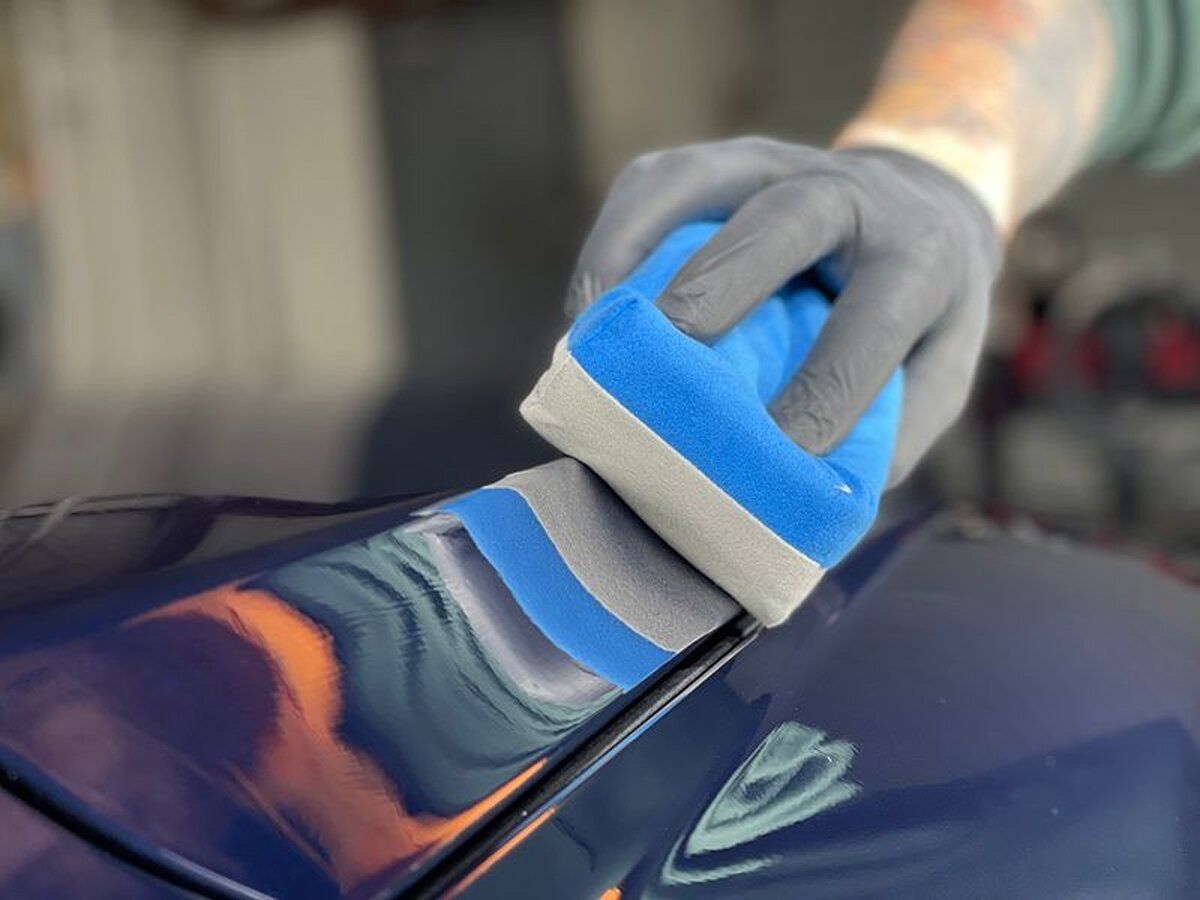Ultimate Guide to Professional PPF Care and Maintenance: Essential Tips for Vehicle Protection
GET A QUOTECALL (770) 722-3486
When you invest in your vehicle, you're not just buying a means of transportation; you're protecting your pride and joy. One effective way to keep your car looking sharp and shielded from the elements is by using paint protection film (PPF). But just like any form of protection, good maintenance is key to maximizing its benefits. Proper care can make all the difference in maintaining that showroom shine and safeguarding against scratches and damage. In this guide, we'll explore easy-to-follow tips and tricks that make caring for your PPF straightforward so you can enjoy your ride without worry!
For optimal care of your paint protection film, it is essential to always hand wash your vehicle using pH-neutral soap, avoid automatic car washes, and refrain from using harsh chemicals that could degrade the film. Additionally, establishing a regular cleaning schedule and promptly addressing any minor scratches with heat sources will help maintain the film's integrity and appearance over time.
Essential PPF Care Products
- pH-neutral Car Soap: At the heart of your PPF maintenance is a pH-neutral car soap. This product is fundamental as it cleans effectively without harming the film’s protective properties. This soap not only tackles dirt and grime but also leaves your vehicle smelling fresh. The key to its effectiveness lies in its formula: by maintaining a neutral pH level, it ensures that the film remains intact and undamaged during washes.
- Microfiber Towels: To dry your freshly washed surfaces, consider investing in high-quality microfiber towels. Unlike cotton rags, which can introduce scratches to your film, microfiber towels are soft and non-abrasive. They're designed specifically for delicate surfaces, making them perfect for dried PPF. When shopping for these towels, look for ones that are labeled as “soft” or “high pile,” ensuring optimal care without risking any unintentional damage.
- Ceramic Coating: Another essential item is a reliable ceramic coating. While many may think waxing is the best option, applying a high-quality ceramic coating is actually preferred for PPF. This product enhances both the appearance and protective qualities of the film. For instance, ceramic coating at LeJeune Ceramic Coating & Paint Protection proves to be effective at repelling water and dirt while giving your car a glossy finish that shines under sunlight. You can significantly extend the life of your PPF while enhancing your vehicle's overall look.
With these essential care products in your arsenal, you're well-equipped to implement a consistent daily routine that keeps your PPF looking pristine and performing at its best for years to come.
Daily Maintenance Tips
One of the simplest yet most effective actions you can take is to perform a quick inspection of your vehicle daily. This should be more than just a casual glance; look closely for any signs of bird droppings, insect splatter, or tree sap. These contaminants may seem harmless at first, but they can become increasingly problematic if left unchecked, leading to stains or even damage to the paint underneath the PPF. A few moments each day can save you from potential headaches down the road.
When you spot anything concerning during your daily inspection, prompt action is crucial. It’s best to use a microfiber towel dampened with pH-neutral soap to gently wipe away these contaminants. This method not only removes debris effectively but also reduces the risk of scratching the surface of the PPF. Remember, immediate cleaning is key to preventing lasting damage. If you're lucky enough to have access to a car cover, make it a habit to use one regularly whenever your vehicle is parked outside. A quality car cover acts as a powerful shield against environmental hazards like dust, bird droppings, and UV rays.
By doing so, you’ll significantly minimize the potential for dirt accumulation and make your daily maintenance routine easier. Beyond these daily habits, integrating proper washing techniques into your routine will ensure that your PPF remains in superb condition.
Proper Washing Techniques
The washing process is crucial for ensuring that your PPF remains in excellent shape. It all begins with a pre-rinse, which is often overlooked but essential.
- Pre-Rinse: With any cleaning task, preparation is key. A thorough pre-rinse sets you up for success by removing pesky particles that can mar the surface during scrubbing. This first wash minimizes the risk of scratches when you begin scrubbing. Imagine the headache of spotting a scratch on your freshly washed car! By pre-rinsing, you create a smooth canvas for the subsequent steps. Once you’ve loosened up the grime, it’s time to employ a more detailed approach.
- Use the Two-Bucket Method: Next up is implementing the two-bucket method. It’s as effective as it sounds: one bucket filled with soapy water and another for rinsing your wash mitt. This technique significantly reduces the likelihood of dirt re-entering the soapy mix. Keeping these two buckets designated allows your soapy water to do its job without unintended grits ruining your efforts. Now that we have our buckets prepared, it’s time to scrub away.
- Gentle Scrubbing: When it comes to scrubbing, less can be more. Use a soft, clean wash mitt and be gentle—think of it as a tender caress rather than aggressive scrubbing. Always begin from the top of your vehicle and work your way down. Not only does this follow gravity’s lead, but it also prevents dirt from sliding back onto already cleaned sections. Avoid circular motions because that can inadvertently create swirl marks. Instead, smooth strokes back and forth will help give your vehicle a polished finish without inflicting harm on that precious PPF layer.
- Rinse Thoroughly: Rinsing isn't just about splashing water; it's vital to rinse thoroughly to ensure no soap residue lingers behind. Residual soap can dry up and leave streaks or even discoloration on the paint protection film. A gentle stream of water will effectively carry any remaining soap away. Think of this part as giving your car a final shower—no soap left behind! Lastly, drying can make or break this whole washing ritual.
- Drying Process: When it comes time to dry your vehicle, always reach for microfiber towels—they absorb moisture wonderfully and prevent potential scratching during the drying process. Rather than wiping vigorously across surfaces—which might leave harsh streaks—a delicate dabbing motion works best. This technique efficiently absorbs excess water without dragging any potential residue across the paint job or PPF.
Taking these steps not only maintains a beautiful appearance but also ensures durable protection for years ahead.
Effective Detailing Methods
Detailing goes far beyond what a basic wash can achieve; it’s about getting into every crevice and ensuring your vehicle looks its best while being fully protected. One essential technique in detailing is using a clay bar treatment. Occasionally, you should harness the power of a clay bar to remove embedded contaminants that a regular wash simply can't handle. These tiny pollutants—like tree sap, industrial fallout, and road grime—can cling stubbornly to your PPF. The act of gliding a clay bar over the surface lifts these impurities while remaining gentle enough not to harm the underlying clear film.
Many overlook one critical aspect of detailing—the edges of the PPF where they meet other car surfaces. Polishing these edges can be tricky and requires special attention. Using a low-speed polisher while carefully working along these edges helps avoid lifting or damaging the film itself. Too much speed or pressure can cause unwanted lifting of the film’s edges, compromising both its appearance and functionality. Therefore, patience is key; slow movements yield better control and results. By implementing these effective detailing methods, you significantly enhance the lifespan of your PPF while keeping its aesthetic appeal intact.
Prolonging PPF Lifespan
- Establishing a Maintenance Schedule: Consistent care is vital for extending the lifespan of your PPF and ensuring it continues to protect and enhance your vehicle. Committing to a biweekly wash and inspection helps maintain its pristine condition while catching potential issues early. Vehicles with this level of maintenance experience less degradation in PPF quality over five years, keeping dirt and grime from causing premature damage.
- Mindful Parking and UV Protection: Where you park your vehicle can significantly affect the longevity of your paint protection film. Whenever possible, park in shaded or covered areas to reduce prolonged UV exposure, which can degrade the film over time. In addition, using UV protectant sprays offers an extra layer of defense, ensuring your vehicle’s protection even if it's exposed to the sun frequently.
- Professional Inspections for Optimal Care: Just like regular health check-ups, professional inspections for your PPF are essential to identify issues before they become major problems. Experts can detect subtle signs of wear, especially in high-impact areas like the bumper and hood, where chips and scratches are more common. Periodic check-ups not only preserve the appearance of your car but also help maintain its resale value.
- Professional PPF Maintenance: As you plan your paint protection film maintenance, consider whether managing the care yourself or hiring experts is the best approach for your needs. Handling care personally can be cost-effective, but professional services might provide a higher level of expertise and efficiency. Evaluating the benefits of both options helps ensure that your PPF stays in optimal condition over the long term.
Superior Paint Protection Film Services in Marietta, GA
Shield your vehicle with the ultimate defense offered by LeJeune Ceramic Coating & Paint Protection in Marietta, GA. Our
high-quality paint protection film (PPF) provides an invisible barrier against scratches, chips, and road debris, ensuring your car’s finish remains pristine. With precision installation by our skilled team, your vehicle will enjoy long-term protection without compromising its sleek appearance. Choose LeJeune Ceramic Coating & Paint Protection for expertly tailored PPF solutions that preserve the beauty and value of your car. Contact us today to schedule your service and give your vehicle the protection it deserves! Call us at (770) 722-3486 to get started today!
